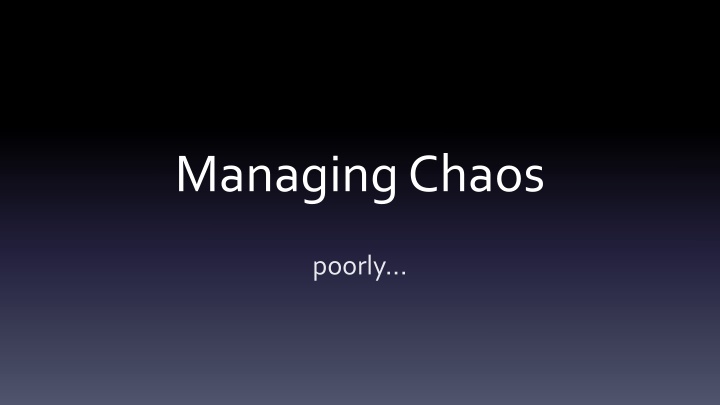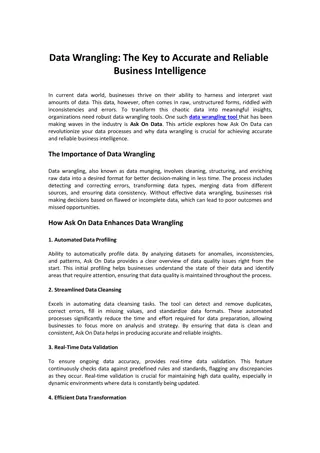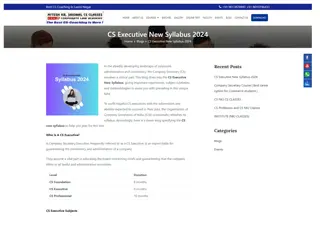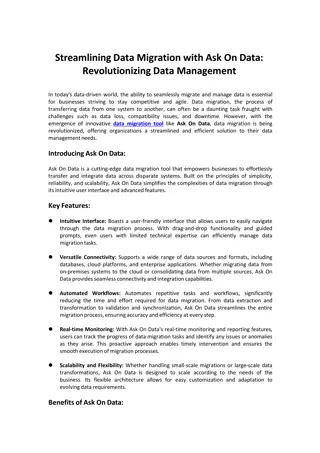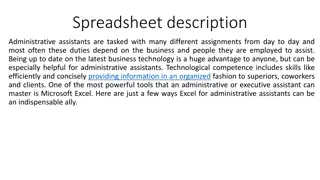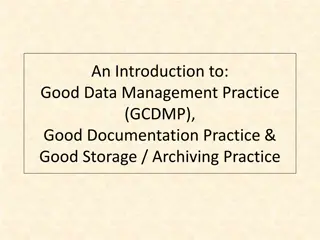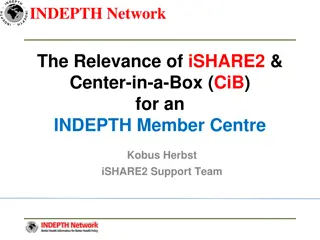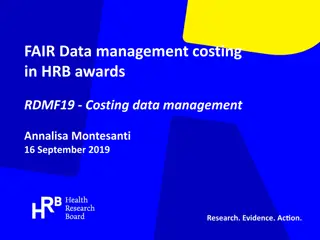Mastering Chaos in Data Management
Discover effective strategies for navigating chaos in managing data, from small projects to highly chaotic areas. Learn how to leave a trail, think before acting, and establish a daily working relationship with chaos through specific tools and tips like starting an R Studio project.
Download Presentation

Please find below an Image/Link to download the presentation.
The content on the website is provided AS IS for your information and personal use only. It may not be sold, licensed, or shared on other websites without obtaining consent from the author.If you encounter any issues during the download, it is possible that the publisher has removed the file from their server.
You are allowed to download the files provided on this website for personal or commercial use, subject to the condition that they are used lawfully. All files are the property of their respective owners.
The content on the website is provided AS IS for your information and personal use only. It may not be sold, licensed, or shared on other websites without obtaining consent from the author.
E N D
Presentation Transcript
Managing Chaos poorly...
My expertise high resolution small N data sets Sensors Individual outcome data Behavioral observations Provider outcomes Clinical data Test data Satisfaction/process indicators Single case behavioral data
Where does Chaos Lurk? Small projects: dissertation studies/single publications Little continuity in University settings Results need to be reproducible (collaboration, replication) Methods and results are important within and between labs Constant change in tools
Highly Chaotic areas Extant data sets Other people are not you Missing values Mistakes in data entry Data manipulation mistakes
Suggestion 1:Leave a trail Use Markdown & scripts as documents Written for others to read lab notebook Track your reasoning and your actions Code for clarity (not for speed)
Suggestion 2:think, then do... Don t get caught in packagechoicemorass. Check your analysis idea with others before you start running
A Daily Working Relationship with Chaos SPECIFIC TOOLS/TIPS
Working Steps Start R Studio Project Check the incoming data During work session Write & test in the Console window Paste into RMD document Annotate the document (headings, comments) Knit the document Close R studio, backup to google drive Updates others with html or pdf files from your browser
Start an R studio project WHY: makes a new folder with everything you need to replicate an analysis Scripts, outputs, data files All file references will move with the project file File > New Project Use references to folders WITHIN this folder when you need to call to data files, save outputs
Reproducible documents Separate analysis from data cleaning Separate analyses of the same data into different documents Loops to process, documents to communicate
Set up a document for reproducibility
Plot everything Pithr https://github.com/Nick Salkowski/pithr/tree/ma ster >library(pithr) >pith(iris) >pithy(..)
Check for common sources of Chaos NA values when coming from SPSS? Dates Posix decoded: http://www.stat.berkeley.edu/~s133/dates.html Check Factor levels and labels str(), head(), summary()
Data wrangling cheat sheet http://www.rstudio.com/wp- content/uploads/2015/02/data-wrangling- cheatsheet.pdf
Thinking made explicit Headings in RMD #,##,###,#### end up in TOC Text between chunks explains your thinking/reasoning, conclusions Comments in scripts tells you mechanisms of code Echo=TRUE/echo=FALSE
Sharing with others Knit to html (tocon/off in header, echo=TRUE/FALSE) Open in browser and resave as either .pdf/html
Backup to Google Drive Finish working, save and close out of R studio Drag anything that changed today into folder Keep old versions
future tools Server installations of R OR at least use Packrat Github version control Coach & give immediate feedback to data creators Upload/ display widgets in Shiny
Thanks! hoch0048@umn.edu
